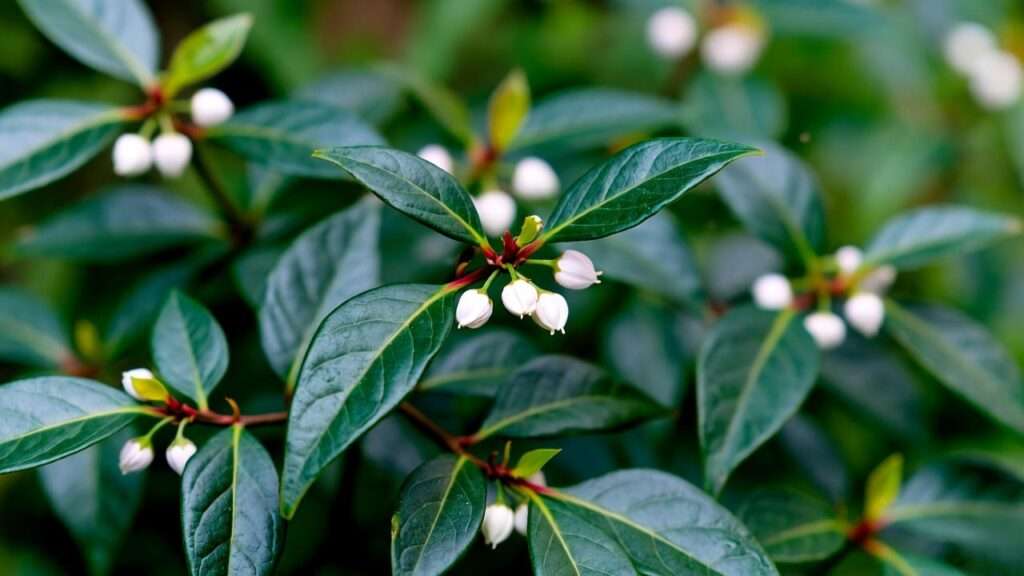Picture this: a vibrant garden bursting with sweet-tart honey berries, ready to be picked and enjoyed straight from the bush! 🍇 If you’re searching for a low-maintenance, nutrient-packed superfruit to elevate your garden, the honey berry plant (also known as Haskap) is your answer. These cold-hardy shrubs are gaining popularity among home gardeners for their delicious, antioxidant-rich berries and easy-care nature. Whether you’re a beginner or a seasoned grower, this comprehensive guide will equip you with expert-backed tips to cultivate thriving honey berry plants and achieve abundant harvests. From planting to harvesting, we’ll cover everything you need to know to succeed. Let’s dive in! 🌟
What is a Honey Berry Plant? 🌿
Understanding the Honey Berry (Haskap)
The honey berry plant, scientifically known as Lonicera caerulea, is a deciduous shrub native to northern regions like Siberia, Japan, and Canada. Often called Haskap (a name derived from the Ainu people of Japan), this plant produces elongated, deep blue-purple berries with a unique sweet-tart flavor. Honey berries are cold-hardy, thriving in USDA hardiness zones 2–7, making them ideal for gardeners in cooler climates. Their early fruiting season (often before strawberries) and minimal care requirements make them a favorite for sustainable gardening.
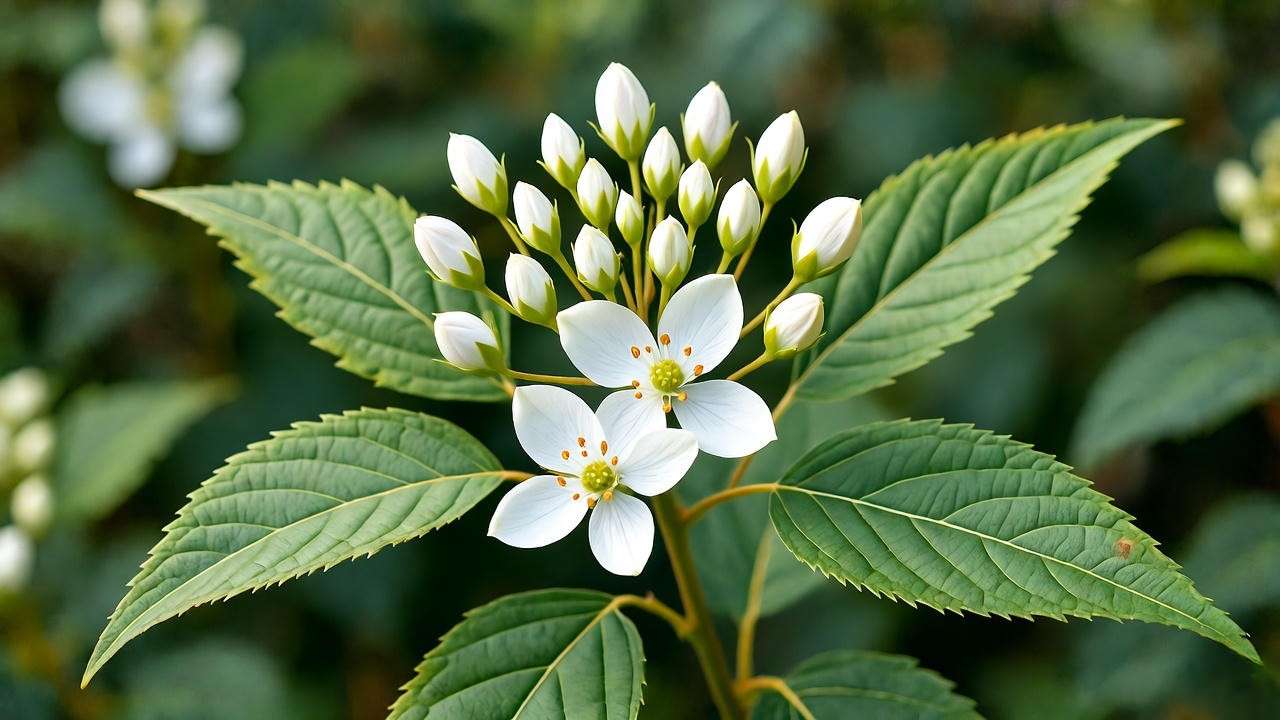
Why Grow Honey Berries?
Honey berries are a nutritional powerhouse, packed with vitamin C, antioxidants, and anti-inflammatory compounds. Their flavor—a delightful mix of blueberry, raspberry, and blackberry—makes them perfect for fresh eating, jams, or smoothies. Beyond their culinary appeal, honey berry plants are low-maintenance, resistant to many pests, and adaptable to various soil types. They’re also a fantastic addition to pollinator-friendly gardens, attracting bees and other beneficial insects.
Expert Insight: “Honey berries are a game-changer for home gardeners,” says Dr. Emily Carter, a horticulturist at the University of Minnesota. “Their resilience and early fruiting make them a sustainable choice for small-scale and urban gardens.”
Choosing the Right Honey Berry Plant Variety 🌼
Top Varieties for Your Garden
Selecting the right honey berry variety is crucial for a successful harvest. Popular cultivars include:
- Tundra: Known for its large, firm berries and excellent flavor; ideal for fresh eating.
- Borealis: Produces sweet, juicy berries perfect for desserts; great for colder climates.
- Indigo Gem: Compact plants with high yields, suitable for smaller gardens.
Each variety differs in fruit size, flavor profile, and ripening time, so choose based on your climate and preferences.
How to Select the Best Variety for Your Climate
Honey berries thrive in USDA zones 2–7, but specific varieties perform better in certain conditions. For example, Tundra is excellent for harsh winters, while Indigo Gem suits milder climates. Since honey berries require cross-pollination for fruit production, plant at least two compatible varieties (e.g., Tundra with Borealis). Check compatibility charts from reputable nurseries to ensure success.
| Variety | Fruit Size | Flavor Profile | Ripening Season | Hardiness Zone |
|---|---|---|---|---|
| Tundra | Large | Sweet-tart | Early June | 2–7 |
| Borealis | Medium | Sweet, juicy | Mid-June | 2–6 |
| Indigo Gem | Small | Tart, zesty | Early June | 3–7 |
Tip: Contact your local nursery or extension service for region-specific variety recommendations to maximize success.
Planting Your Honey Berry Plant: Step-by-Step Guide 🌱
When and Where to Plant
The best time to plant honey berry shrubs is early spring or fall, when temperatures are cool and roots can establish before extreme weather. Choose a site with full sun (6–8 hours daily) for optimal fruit production, though partial shade is tolerated. Ensure the location has well-drained soil to prevent root rot, a common issue in waterlogged conditions.
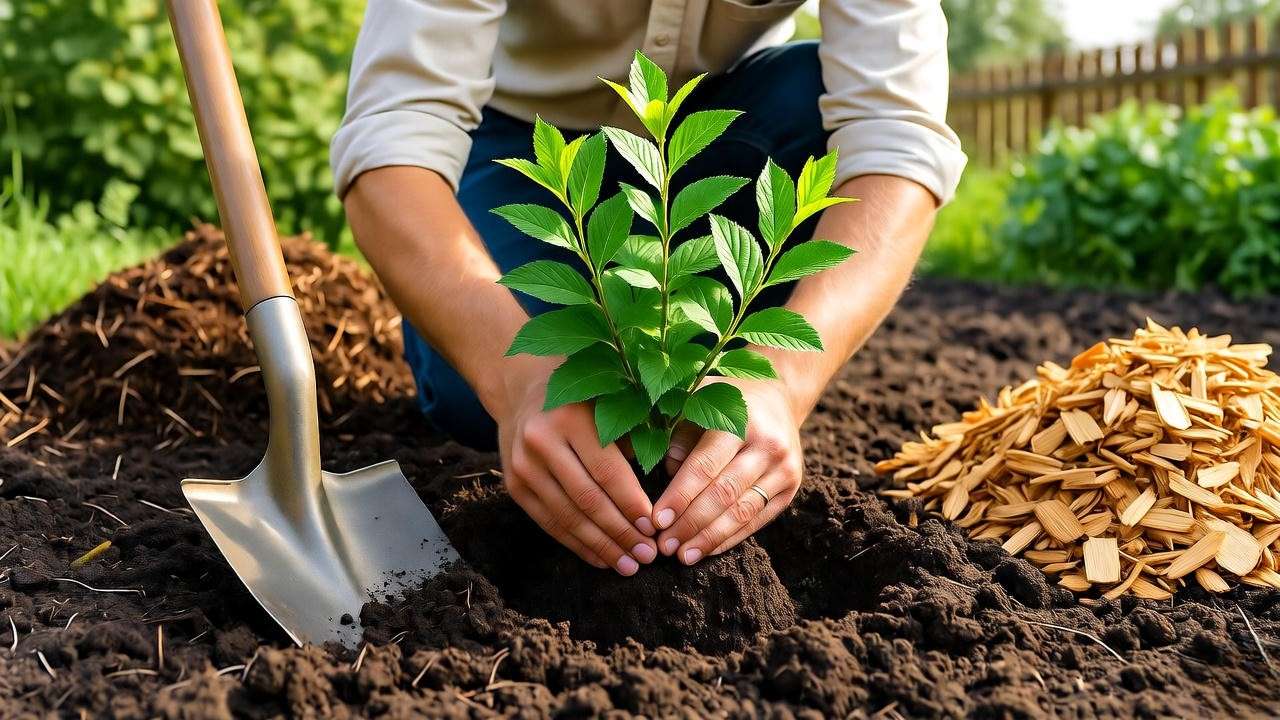
Preparing the Soil
Honey berries prefer slightly acidic soil with a pH of 5.5–6.5. Test your soil using a home kit or send a sample to a local extension service. Amend heavy clay or sandy soils with organic matter like compost or peat moss to improve drainage and fertility. A well-prepared soil bed sets the foundation for healthy growth.
Planting Tips for Success
- Dig the Hole: Create a hole twice as wide and as deep as the root ball (about 12–18 inches).
- Space Plants Properly: Space plants 4–6 feet apart to allow for mature growth and air circulation.
- Position the Roots: Place the plant so the root crown is level with the soil surface.
- Backfill and Water: Fill the hole with amended soil, tamp gently, and water thoroughly.
- Mulch: Apply a 2–3 inch layer of wood chips or straw to retain moisture and suppress weeds.
Since honey berries require cross-pollination, plant at least two compatible varieties within 50 feet of each other. Water deeply after planting to settle the soil.
Expert Tip: “Mulching is a game-changer for honey berries,” says Sarah Lee, a permaculture designer. “It keeps roots cool and moist, especially in warmer climates.”
Caring for Your Honey Berry Plant: Essential Maintenance 🌞
Watering and Fertilizing
Consistent moisture is key, especially during the first year and fruit development. Water deeply once or twice weekly, providing 1–2 inches of water, depending on rainfall. Avoid overwatering, as soggy soil can lead to root rot. In spring, apply a balanced organic fertilizer (e.g., 10-10-10) or compost to support growth. Avoid high-nitrogen fertilizers, which promote leafy growth at the expense of fruit.
Pruning for Health and Productivity
Prune honey berry plants in late winter or early spring before new growth begins. Remove dead, damaged, or crossing branches to improve air circulation and light penetration. For mature plants (3+ years), thin out older branches to encourage new, productive growth. Proper pruning boosts fruit yield and prevents disease.
Pest and Disease Management
Honey berries are relatively pest-resistant, but watch for:
- Aphids: Control with insecticidal soap or neem oil.
- Birds: Use netting to protect ripening berries.
- Powdery Mildew: Prevent by ensuring good air circulation and avoiding overhead watering.
Regularly inspect plants for signs of stress and address issues promptly. Organic pest control methods are effective and eco-friendly.
Expert Insight: “Bird netting is essential for honey berries,” notes Dr. James Patel, a plant pathologist. “It’s a small investment for a big payoff in protecting your harvest.”
Harvesting and Enjoying Your Honey Berries 🍇
When and How to Harvest
Honey berries ripen in early summer, typically June, depending on your region. Look for deep blue-purple berries that are soft to the touch. Harvest in the morning when berries are cool to maintain flavor and firmness. Gently pick berries by hand to avoid damaging the plant or bruising the fruit.
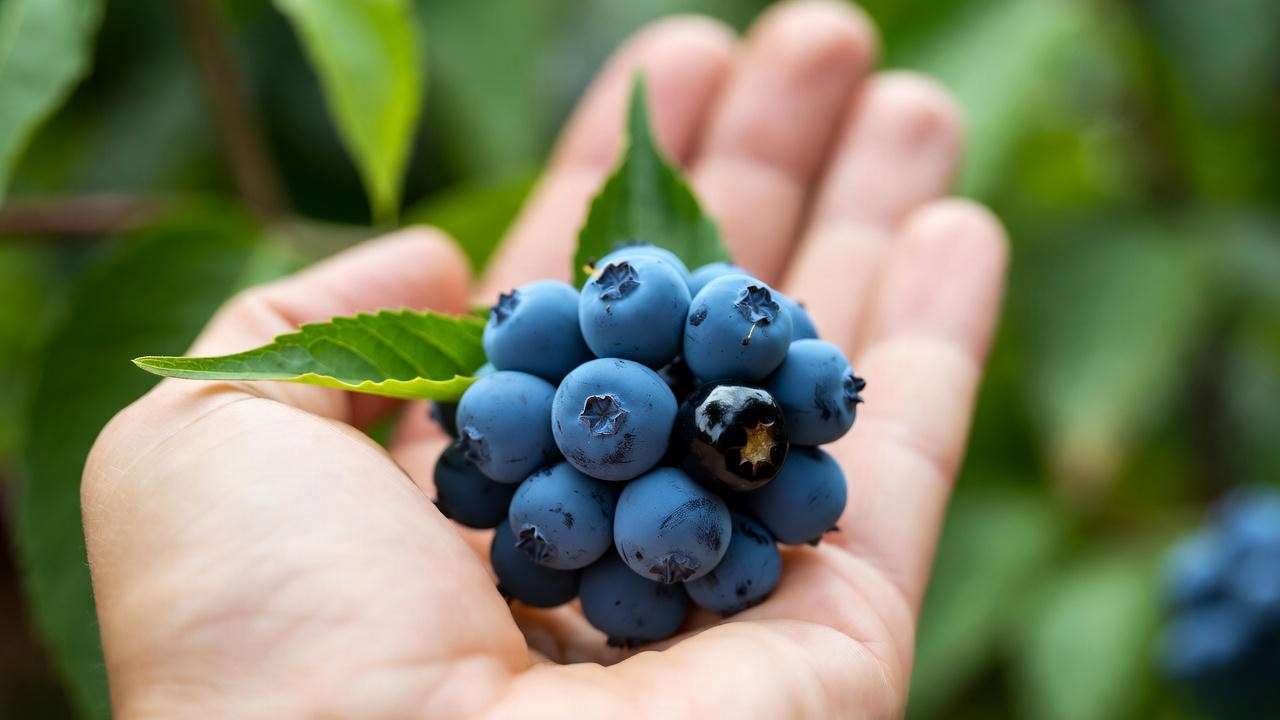
Storing and Using Honey Berries
Refrigerate fresh honey berries for up to 2 weeks or freeze for long-term storage. To freeze, spread berries in a single layer on a tray, freeze until solid, then transfer to a freezer-safe bag. Enjoy honey berries in:
- Smoothies: Blend with yogurt and banana for a nutrient-packed treat.
- Jams: Cook with sugar and lemon juice for a delicious spread.
- Desserts: Add to pies, muffins, or ice cream.
Recipe Idea: Honey Berry Smoothie
- 1 cup frozen honey berries
- 1 banana
- 1 cup Greek yogurt
- 1/2 cup almond milk
- 1 tbsp honey
Blend until smooth and enjoy! 🥤
Tip: Freezing berries in a single layer prevents clumping, making it easy to use small portions later.
Troubleshooting Common Honey Berry Plant Problems 🛠️
Why Isn’t My Honey Berry Plant Producing Fruit?
If your honey berry plant isn’t fruiting, several factors could be at play:
- Lack of Pollination: Honey berries require cross-pollination between two compatible varieties. Ensure you have at least two different cultivars planted within 50 feet. For example, pair Tundra with Borealis for optimal results.
- Poor Soil Conditions: Test soil pH (ideal range: 5.5–6.5). Amend with sulfur to lower pH or lime to raise it if needed.
- Insufficient Chilling Hours: Honey berries need 800–1,000 chilling hours (below 45°F) to set fruit. In warmer climates, choose varieties like Indigo Gem that tolerate fewer chilling hours.
Solutions: Confirm pollination compatibility, adjust soil pH, and ensure plants experience adequate winter chilling. If issues persist, consult a local extension service for tailored advice.
Other Common Issues and Fixes
- Yellowing Leaves: Often caused by nutrient deficiencies (e.g., iron or nitrogen) or overwatering. Test soil and apply a balanced fertilizer or adjust watering practices.
- Wilting or Drooping: Indicates underwatering or root issues. Check soil moisture and ensure proper drainage to prevent root rot.
- Low Fruit Yield: Could stem from pruning mistakes, pest damage, or insufficient sunlight. Prune correctly, use bird netting, and ensure 6–8 hours of daily sun.
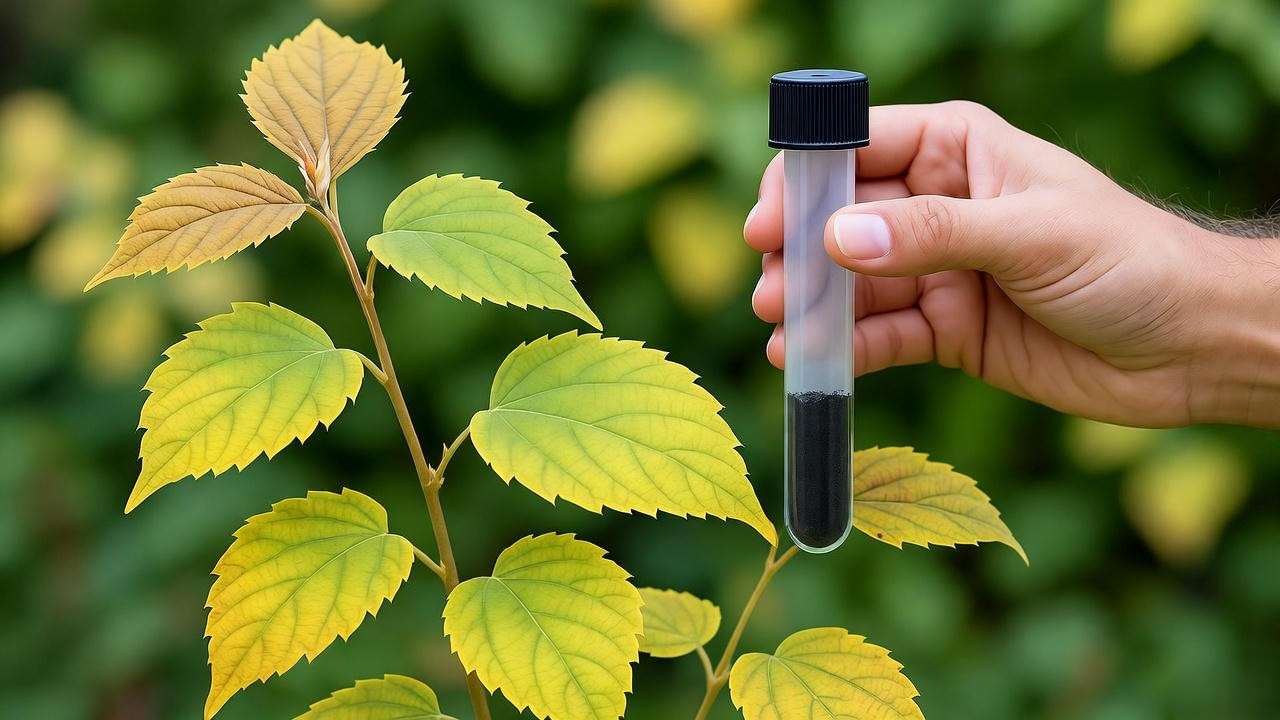
| Problem | Cause | Solution |
|---|---|---|
| Yellowing Leaves | Nutrient deficiency, overwatering | Test soil, adjust fertilizer/watering |
| Wilting/Drooping | Underwatering, root issues | Check drainage, water consistently |
| Low Fruit Yield | Poor pollination, pests, shade | Plant compatible varieties, use netting, ensure sunlight |
Tip: Keep a garden journal to track plant health, watering, and fertilization schedules to identify patterns and address issues early.
Advanced Tips for Maximizing Honey Berry Yields 🌟
Boosting Productivity with Companion Planting
Companion planting can enhance honey berry growth by attracting pollinators and improving soil health. Plant these companions nearby:
- Clover: Fixes nitrogen in the soil, benefiting honey berries.
- Marigolds: Deter pests like aphids and attract beneficial insects.
- Borage: Draws bees, boosting pollination rates.

Avoid planting near walnut trees, as their juglone toxin can harm honey berries. Maintain a diverse garden to create a balanced ecosystem.
Extending the Growing Season
To enjoy honey berries earlier or longer:
- Use Row Covers: Protect plants from late frosts and extend the growing season in cooler climates.
- Greenhouses: In regions with short summers, grow honey berries in a greenhouse for earlier fruiting.
- Mulch Heavily: Insulate roots with straw or wood chips to protect against extreme temperature swings.
Expert Insight: “Honey berries thrive in permaculture designs,” says Lisa Nguyen, a permaculture expert. “Pair them with nitrogen-fixing plants and pollinator attractors for a self-sustaining garden.”
FAQs About Honey Berry Plant Care ❓
How Long Does It Take for a Honey Berry Plant to Bear Fruit?
Honey berry plants typically produce fruit 2–3 years after planting, with full production by year 5. Ensure proper pollination and care to speed up fruiting.
Can Honey Berries Grow in Containers?
Yes, compact varieties like Indigo Gem are suitable for containers. Use a large pot (15–20 gallons) with well-drained, acidic soil and ensure consistent watering.
Are Honey Berries Invasive?
No, honey berries are not invasive. Unlike some honeysuckle species, Lonicera caerulea is well-behaved and stays contained in garden settings.
What’s the Difference Between Honey Berries and Blueberries?
Honey berries have a sweeter-tart flavor and ripen earlier than blueberries. They’re also more cold-hardy and require less maintenance, making them ideal for colder climates.
How Do I Overwinter My Honey Berry Plant?
Honey berries are naturally cold-hardy. Mulch heavily around the base in fall to protect roots, and avoid pruning in late fall to prevent winter damage.
Conclusion
Growing a thriving honey berry plant is a rewarding journey that brings delicious, nutrient-packed berries to your table with minimal effort. 🌱 From choosing the right variety to mastering planting, care, and harvesting, this guide provides everything you need to succeed. With their cold hardiness, health benefits, and versatility, honey berries are a must-have for any garden. Start your honey berry adventure today, and share your success stories in the comments below! Have you tried our honey berry smoothie recipe yet? 🍇
Explore more gardening tips on our website, like “Top 10 Superfruits for Your Garden” or “How to Create a Pollinator-Friendly Garden.” Happy gardening! 🌼

